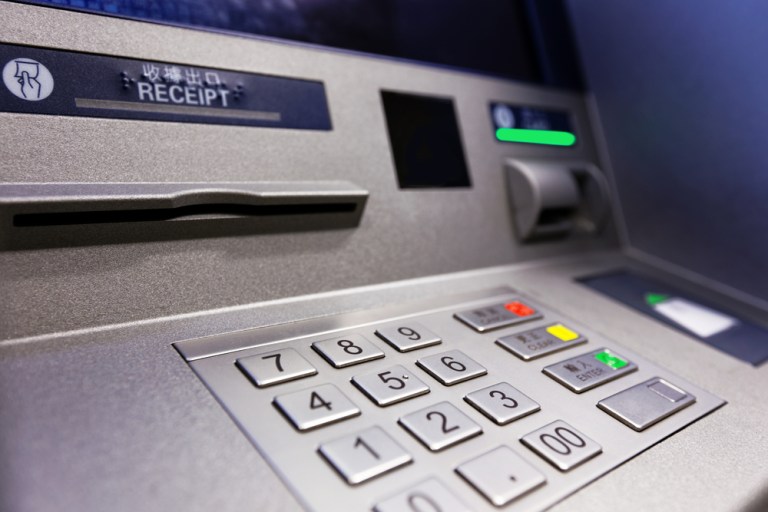
JPMC has capped ATM withdrawals at $1,000 per day for those who are not accountholders with the bank. The move comes following the bank’s initiative to allow ATMs to dispense an unlimited number of $100 bills, which, unsurprisingly, led to abuses and people pulling tens of thousands of dollars out at a time.
Those massive withdrawals do not represent illegal activity, according to bank officials, but they do raise red flags in a regulatory environment where large cash transfers are often considered, at least, a reason for alarm. Generally speaking, withdrawal limits are not set at the ATM and are instead the purview of card-issuing organizations.
The upgrade that will effect around 18,000 nationwide ATMs follows a move early this year that limited customers to only $1,000 removed per transaction.
Allowing for different dollar denomination withdrawals, apart from the normal $20 bills, is becoming increasingly common among large banks, particularly as they move to phase out expensive and overhead-laden branches.
At its annual investor day, Chase noted “higher funds availability and withdrawal limits at the ATM.” The bank also said about 90 percent of all teller transactions will be ATM-enabled in the near future.
“Banks are looking to provide the flexibility but, at the same time, balancing their own exposure,” said David Albertazzi, a senior analyst focusing on retail bank channels at Boston-based consultancy Aite Group, reports The Wall Street Journal.
There are no codified rules on appropriate withdrawal amounts. Individual banks are largely left to that determination on their own. Large U.S. banks’ policies vary. Banks are required to file a Currency Transaction Report for transactions in cash over $10,000 in one day, according to the U.S. Department of Treasury’s Financial Crimes Enforcement Network.